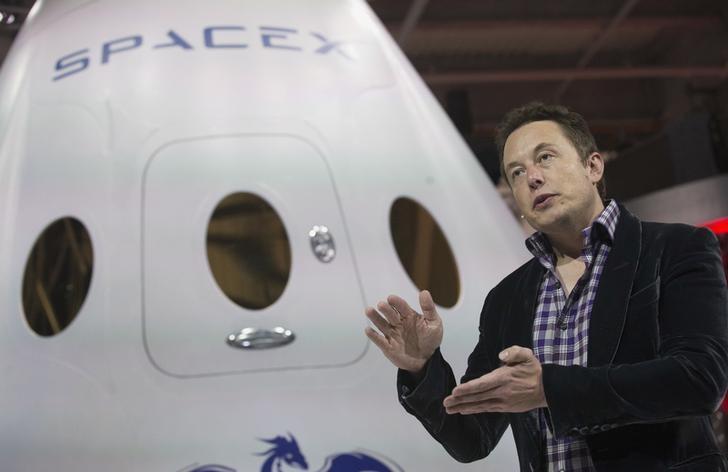
SpaceX CEO Elon Musk announced the first firing of the "Starship Raptor Flight Engine" Sunday, a landmark event that still aligns with the company's plans to launch the first flight of "Starship/Super Heavy" -- the biggest and most powerful spacecraft on Earth -- in 2020.
"So proud of great work by @SpaceX team!!," tweeted Musk after the successful trial in Texas. The test fire comes over two years after the first firing of the Raptor development engine on Sept. 25, 2016. Musk also tweeted a video of the successful Raptor test.
First firing of Starship Raptor flight engine! So proud of great work by @SpaceX team!! pic.twitter.com/S6aT7Jih4S
— Elon Musk (@elonmusk) February 4, 2019
In its final form, Starship/Super Heavy will be a super heavy-lift launch vehicle capable of deploying more than 136,000 kg (or 150 tons) into low Earth orbit (LEO). The Starship Raptor flight engine tested Sunday will power both the reusable first stage booster and the reusable second stage rocket.
Starship refers to the second stage launch vehicle with an integrated payload section. It can carry either a human crew or cargo.
Powered by six Raptor engines, Starship will have the ability to operate as a crewed spacecraft on flights both in, and Beyond Earth Orbit (BEO). This means flights to the Moon, Mars, asteroids and elsewhere. Starship has been designed to be recovered and re-used after landing, much in the same way as the first stage of the SpaceX Falcon 9 launch vehicle.
Raptor is a methane-fueled rocket engine powered by cryogenic liquid methane and liquid oxygen (LOX). It will have about twice the thrust of the Merlin 1D engine powering today's Falcon 9 launch vehicles.
Super Heavy is the name given by Musk to the first stage booster that will hurl Starship into space. This massive, next-generation launch vehicle is 63 meters long and 9 meters in diameter. It will be powered by 31 Raptor rocket engines generating 61.8 Newton meters (13,900,000 lbf) total liftoff thrust. Super Heavy will also be capable of recovery and re-use.
Preparing to fire the Starship Raptor engine at @SpaceX Texas pic.twitter.com/8JCOi1BG6z
— Elon Musk (@elonmusk) February 1, 2019
Last month, SpaceX said it still plans to fully replace its entire launch vehicle fleet with "Starship/Super Heavy." This super-heavy lift vehicle will replace the Falcon 9 and Falcon Heavy launch vehicles, and the Dragon capsule (manned and unmanned versions).
In January, Musk tweeted an actual picture of a prototype Starship (called Starship Hopper) built at the company's facility in South Texas.
"Starship test flight rocket just finished assembly at the @SpaceX Texas launch site," tweeted Musk. He clarified that Starship Hopper is a prototype for suborbital vertical take-off and landing (VTOL) tests.
The prototype will prove if the world's largest spacecraft can both launch from and land back on Earth, just like Falcon 9 and Falcon Heavy. After the prototype's VTOL tests are complete, SpaceX will proceed with building an orbital version of Starship/Super Heavy.
Musk previously said the goal of BFR is to make redundant the Falcon 9, Falcon Heavy and the crew/uncrewed Dragon spacecraft. This move will allow SpaceX to shift all its resources and funding to developing Starship/Super Heavy.
This article was first published in IBTimes US. Permission required for reproduction.









